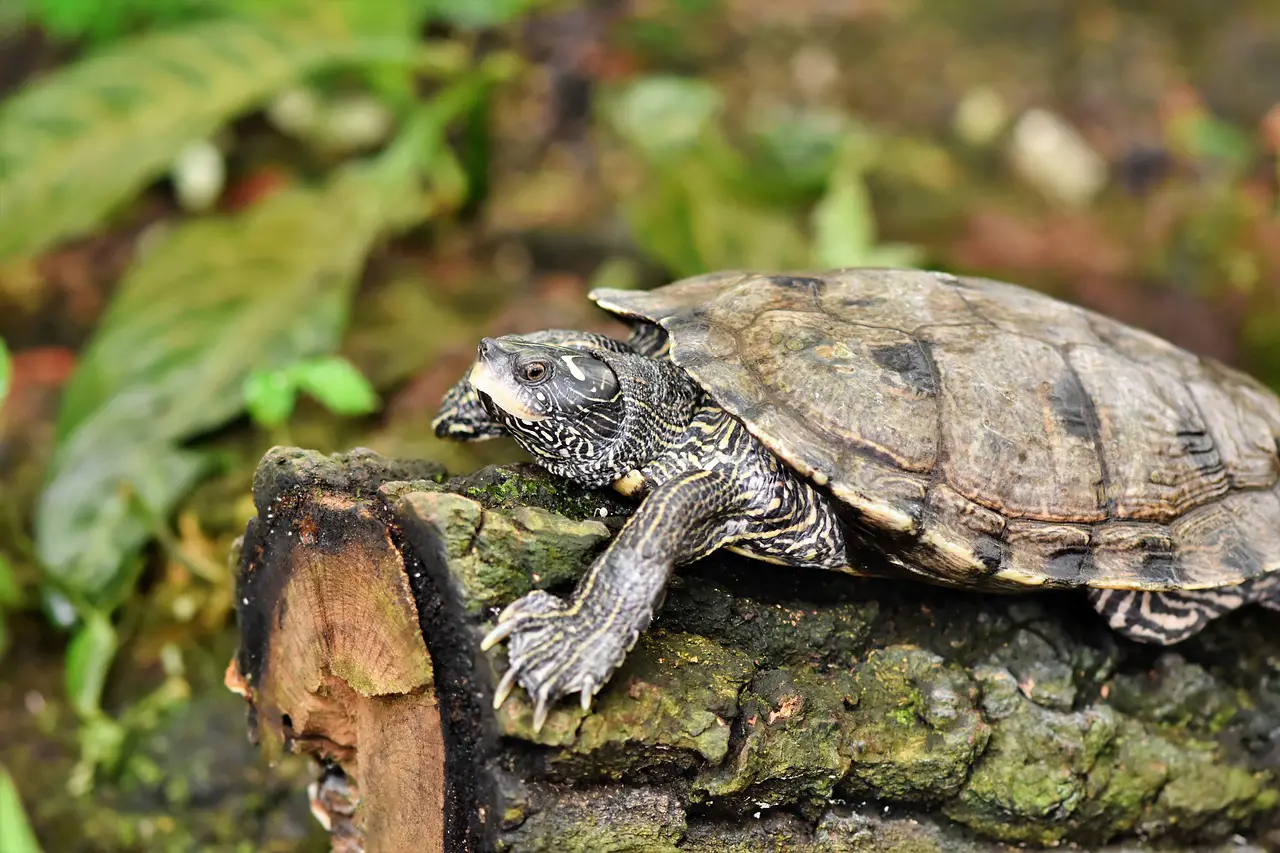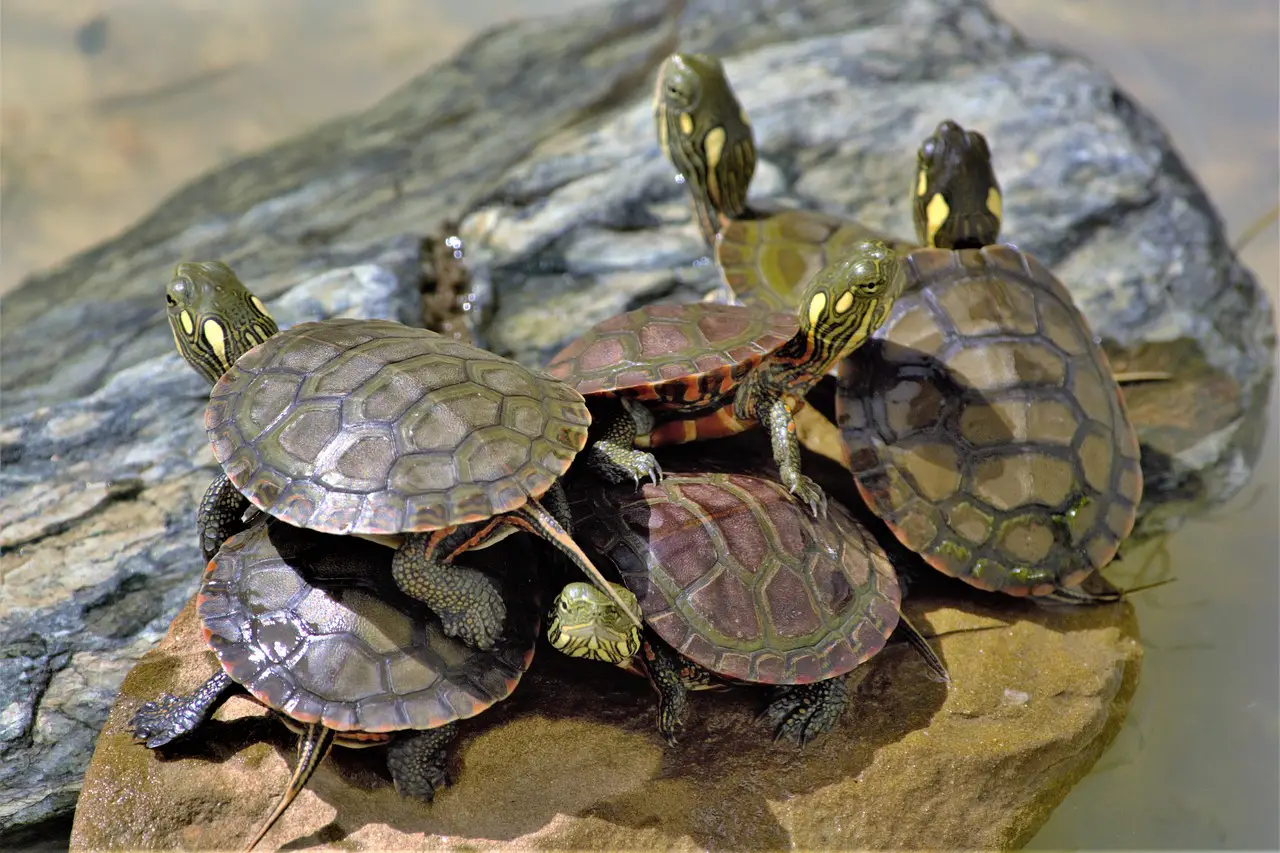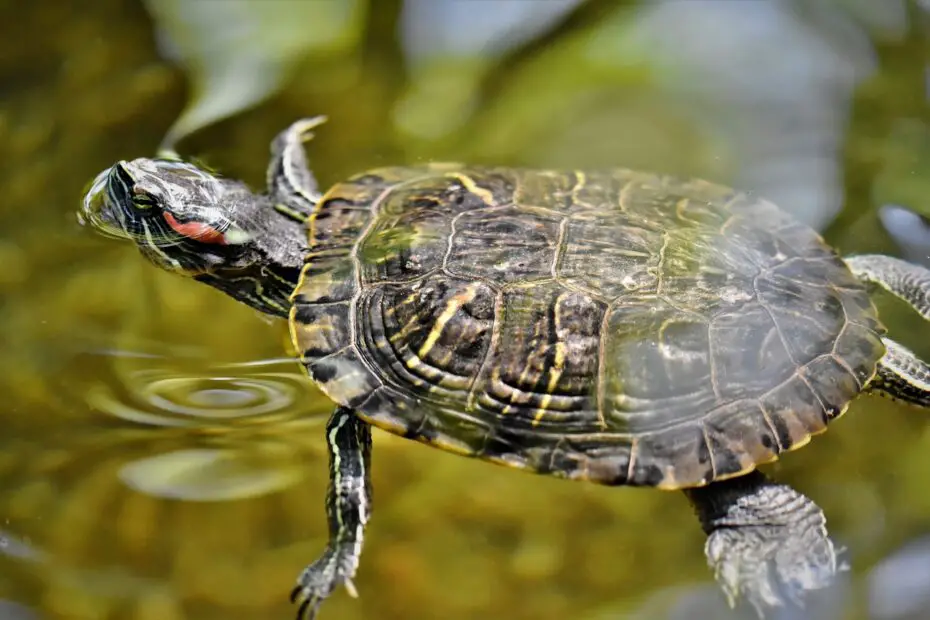Setting up the right tank environment for your pet turtle is crucial for their overall well-being and happiness. Turtles require a carefully designed habitat that mimics their natural surroundings and provides the necessary conditions for their health. In this article, we will guide you through the process of creating an optimal turtles tank setup, covering everything from tank selection to essential equipment and decorations.
You may also want to know what turtles eat as pets.
1. Turtles Tank Setup: Choosing the Right Tank
Tank Size and Capacity
- Determining the appropriate tank size based on the species and size of your turtle.
- Considering the number of turtles you plan to keep in the tank and providing ample space for each.
Tank Material and Shape
- Selecting a tank made of glass or acrylic, which are both suitable materials for turtle tanks.
- Choosing a tank shape that accommodates swimming space and provides enough surface area for basking.
2. Turtles Tank Setup: Essential Equipment for Turtle Tanks

Filtration System
- Installing a high-quality filtration system to maintain clean water and remove waste and debris.
- Choosing a filter appropriate for the tank size and turtle species, such as a canister or power filter.
Heating and Lighting
- Providing a heat source, such as a basking lamp or ceramic heat emitter, to maintain the proper temperature gradient in the tank.
- Using UVB lighting to ensure turtles receive adequate UVB radiation for calcium absorption and overall health.
Thermometer and Hygrometer
- Monitoring the temperature and humidity levels in the tank using reliable thermometers and hygrometers.
- Adjusting temperature and humidity as needed to create an optimal environment for your turtle.
Substrate and Decorations
- Choosing a suitable substrate, such as river rocks or sand, for the tank bottom.
- Adding appropriate decorations, such as driftwood, rocks, and live or artificial plants, to provide hiding spots and enrichment.
3. Turtles Tank Setup: Creating the Ideal Habitat
Water Conditions
- Maintaining clean and chemically balanced water, free from chlorine and other harmful substances.
- Providing a swimming area with sufficient water depth for your turtle’s species.
Basking Area
- Creating a basking area with a platform or rock that allows turtles to completely exit the water.
- Ensuring the basking area is sturdy and positioned under the heat source for optimal basking temperature.

4. Turtles Tank Setup: Maintenance and Care
Regular Cleaning
- Performing regular water changes to maintain water quality and remove accumulated waste.
- Cleaning and disinfecting tank accessories periodically to prevent bacterial growth.
Feeding and Nutrition
- Offering a balanced and varied diet that meets the nutritional needs of your turtle.
- Removing uneaten food from the tank to prevent water contamination.
Monitoring Health
- Observing your turtle’s behavior and appearance for any signs of illness or distress.
- Seeking veterinary care if you notice any abnormalities or health concerns.
Conclusion
Setting up a proper turtles tank requires careful consideration of tank size, equipment, and habitat elements. By creating an environment that mimics their natural habitat, providing suitable filtration, heating, and lighting, and ensuring proper maintenance and care, you can create a healthy and comfortable home for your pet turtle.
FAQs
- Do turtles need a filter in their tank?
- Yes, turtles require a filtration system to maintain clean water and remove waste. It helps prevent water pollution and ensures a healthy environment for the turtles.
- Can I use tap water for my turtle’s tank?
- Tap water should be treated to remove chlorine and other chemicals before adding it to the turtle’s tank. You can use a water conditioner specifically designed for reptiles.
- How often should I clean my turtle’s tank?
- Regular cleaning is essential to maintain water quality. Perform partial water changes every 1-2 weeks and clean the tank accessories as needed.
- What should I feed my pet turtle?
- Turtles have specific dietary requirements. Offer a varied diet consisting of commercial turtle pellets, fresh vegetables, leafy greens, and occasional protein sources like insects or fish.
- Can I keep multiple turtles in the same tank?
- Keeping multiple turtles in the same tank is possible, but it requires a larger tank with sufficient space for each turtle. Monitor their behavior and ensure they have enough resources to avoid aggression or competition.
